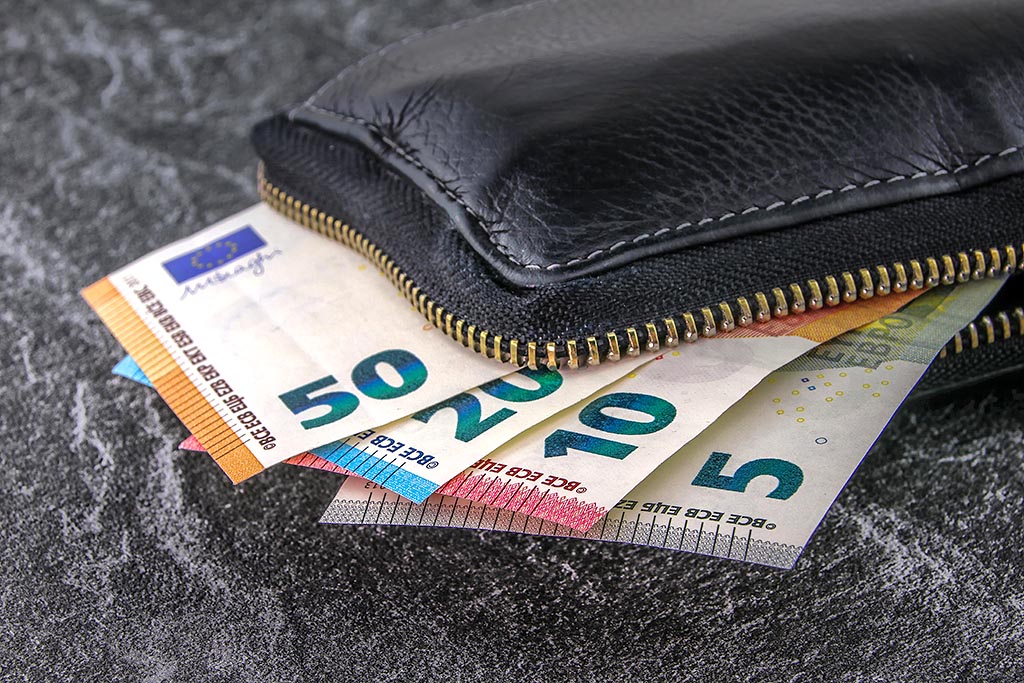The average gross wage in August was 2,353.76 euros, down 1.1 percent in nominal terms compared to July and down 0.9 percent in real terms. On the one hand, we have lower wages, and on the other hand, we have higher labour costs – 3,015 euros, which is 9.7 percent more than last year. Labour costs were lowest in other activities and highest in electricity, gas and steam supply.
Ever since the government of Robert Golob took power, the quality of life in Slovenia has noticeably declined. The average gross wage for August, at 2,353.76 euros, was 1.1 percent lower in nominal terms and 0.9 percent lower in real terms than in July.
Meanwhile, the average net wage, at 1,495.23 euros, was 0.9 percent lower in nominal terms and 0.7 percent lower in real terms than in July. Compared to August last year, gross wages were 5.8 percent higher in nominal terms and 4.7 percent higher in real terms in the eighth month of this year, according to the Statistical Office of the Republic of Slovenia Slovenia (SURS). In a year-on-year comparison, wages are higher.
Average gross wages for August decreased by 1.8 percent compared to July in the public sector and by 0.7 percent in the private sector. In the institutional sector of the government, which is part of the public sector, they were 2.3 percent lower.
On average, the highest gross salary was earned in the electricity, gas and steam supply sector (3,520.05 euros). This sector of activity also recorded the highest average wage increase, up by 4.9 percent compared to July. According to the Statistical Office, the increase was mainly due to higher extraordinary payments. On the other hand, the average gross wage was the lowest in other diversified business activities (1,758.42 euros).
Lower wages, higher labour costs
According to the Statistical Office, average monthly labour costs per person employed amounted to 3,015 euros last year, which is 9.7 percent higher than the previous year. They were lowest in other activities and highest in electricity, gas and steam supply, the Statistical Office said. Remuneration of persons employed accounted for the largest share of labour costs in the previous year, accounting for 86.5 percent
Labour costs were highest in electricity, gas and steam supply (4,753 euros), followed by financial and insurance activities (4,409 euros), while they were lowest in other activities (2,262 euros), followed by restaurant business activities (2,365 euros).
According to the European Statistical Office – Eurostat methodology and data relating to business entities with more than nine employees for all activities except agriculture and hunting, forestry, fishing, and public administration, defence and compulsory social security, average labour costs per hour actually worked were highest in Luxembourg (53.9 euros), followed by Denmark (48.1 euros) and Belgium (47.1 euros).
The lowest were in Bulgaria (9.3 euros) and Romania (11.0 euros). At the EU-27 level, these costs amounted to 31.8 euros in the period under review, while in Slovenia, they amounted to 25.5 euros, which places Slovenia between Italy (29.8 euros) and Spain (24.6 euros).
T. B.


